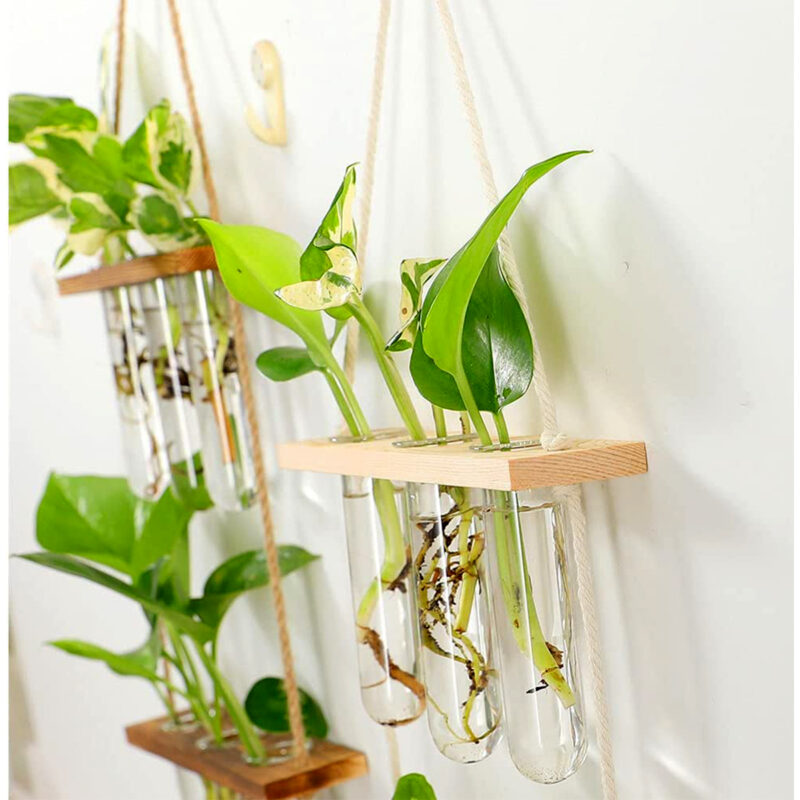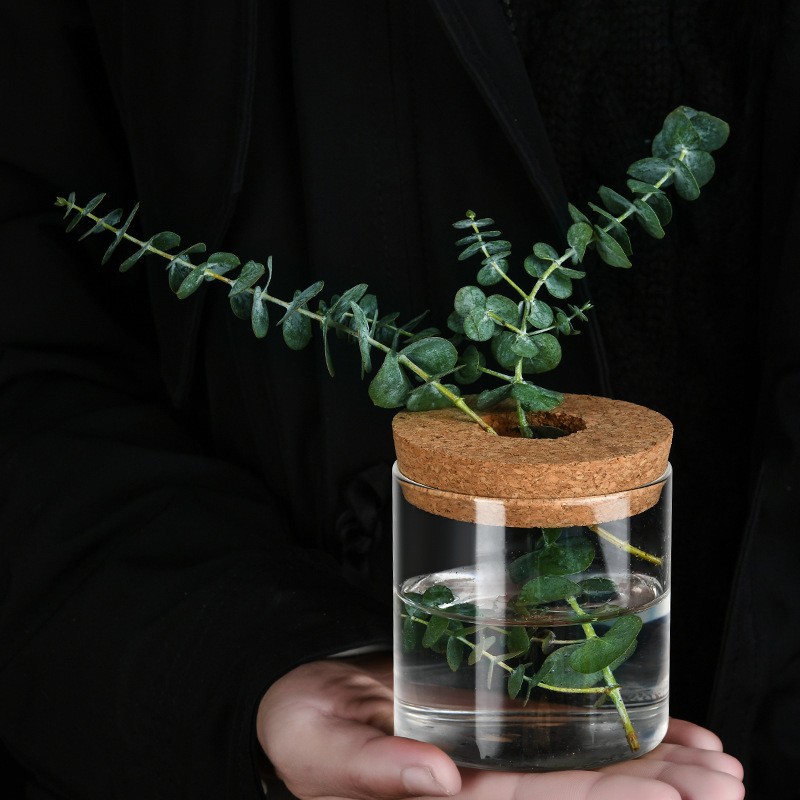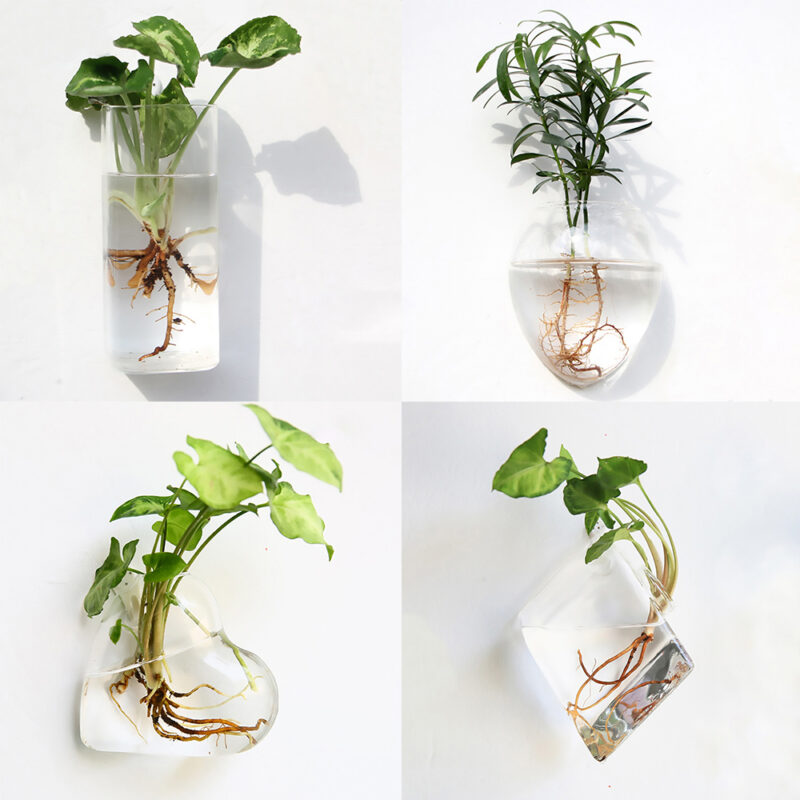Garden Accessories
The Role of Garden Accessories in Outdoor Design
Gardening transcends the mere act of growing plants; it’s an art form that fuses nature with creative expression, turning ordinary spaces into verdant sanctuaries. Central to this transformation are garden accessories, which not only elevate the beauty of a garden but also enhance its functionality and the overall user experience. This detailed blog post explores the pivotal role of garden accessories in outdoor design, highlighting the diverse array of products available, how they contribute to garden aesthetics, functionality, and the strategies for selecting and integrating these elements seamlessly into your outdoor spaces.
The Spectrum of Garden Accessories
Garden accessories encompass a broad range of items designed to add detail, function, and whimsy to outdoor spaces. They can be broadly categorized into several types:
- Ornamental Accessories: Items such as statues, garden gnomes, sculptures, and decorative stakes fall into this category. These accessories are often used to create focal points or to add a touch of personality and charm.
- Functional Accessories: This category includes items like bird feeders, trellises, rain barrels, and compost bins. While they serve practical purposes, they can also be aesthetically pleasing and contribute to the garden’s ecological balance.
- Comfort Accessories: Garden furniture, hammocks, swing seats, and outdoor rugs are designed for comfort but also serve to make the garden a welcoming place for relaxation and social gatherings.
- Lighting Accessories: Outdoor lighting such as string lights, lanterns, and LED path lights not only illuminate the garden but also enhance its ambiance during the evening hours.
Enhancing Garden Aesthetics with Accessories
The right garden accessories can transform a simple garden into a picturesque landscape. Here’s how they can enhance garden aesthetics:
- Theme Amplification: Accessories are excellent for reinforcing the stylistic theme of a garden, be it rustic, modern, tropical, or formal. For example, sleek, geometric sculptures can enhance a modern garden’s clean lines, while rustic wooden benches fit perfectly into a cottage garden.
- Color and Texture: Accessories add color bursts and varied textures, helping to break the monotony of greenery. Brightly colored planters or mosaic tiles can inject vibrancy and vitality into the garden.
- Seasonal Updates: Seasonally themed accessories, such as pumpkins in the fall or solar-powered glowing orbs in the summer, can keep the garden visually engaging throughout the year.
Improving Functionality with Garden Accessories
Beyond aesthetics, garden accessories can significantly improve the functionality of outdoor spaces:
- Space Utilization: Vertical planters and hanging baskets are excellent for small gardens, balconies, or terraces, maximizing the use of available space.
- Wildlife Support: Accessories like bird baths, insect hotels, and butterfly feeders attract wildlife, which can help with pollination and pest control, enhancing the garden’s ecological health.
- Gardening Ease: Elevated garden beds, ergonomic tools, and knee pads enhance comfort and efficiency for gardeners, making gardening more accessible and enjoyable.
Choosing the Right Garden Accessories
Selecting the right accessories requires careful consideration of several factors:
- Scale and Proportion: Choose accessories that complement the size of your garden. Large sculptures can overwhelm a small space, while tiny decorations might get lost in a vast landscape.
- Material Durability: Opt for materials that can withstand local weather conditions. Materials like galvanized steel, weather-resistant wood, and UV-protected plastics are durable choices.
- Style Cohesion: Ensure that the accessories match the garden’s style and the home’s overall architecture. Consistency in design creates a cohesive and harmonious look.
Maintenance and Care of Garden Accessories
To ensure longevity and maintain the aesthetic appeal of garden accessories, regular maintenance is crucial:
- Cleaning Routines: Regularly clean accessories to prevent dirt buildup and rust. Use gentle cleaning solutions to avoid damaging the materials.
- Protective Measures: Apply protective coatings to wood and metal accessories to guard against weather damage. Store delicate items during harsh weather conditions.
- Regular Inspections: Check for signs of wear and tear or damage, particularly in accessories that play a functional role, such as lighting and furniture.
Conclusion
Garden accessories are indispensable elements in landscape design, offering both beauty and practicality. They allow gardeners and designers to express creativity, enhance comfort, and ensure the garden is a welcoming place for both people and wildlife. By thoughtfully selecting, maintaining, and integrating garden accessories, you can transform an ordinary garden into a living work of art that offers a sanctuary from the hustle and bustle of everyday life. Whether you’re crafting a tranquil retreat or a vibrant entertainment area, garden accessories provide the tools you need to realize your vision.



